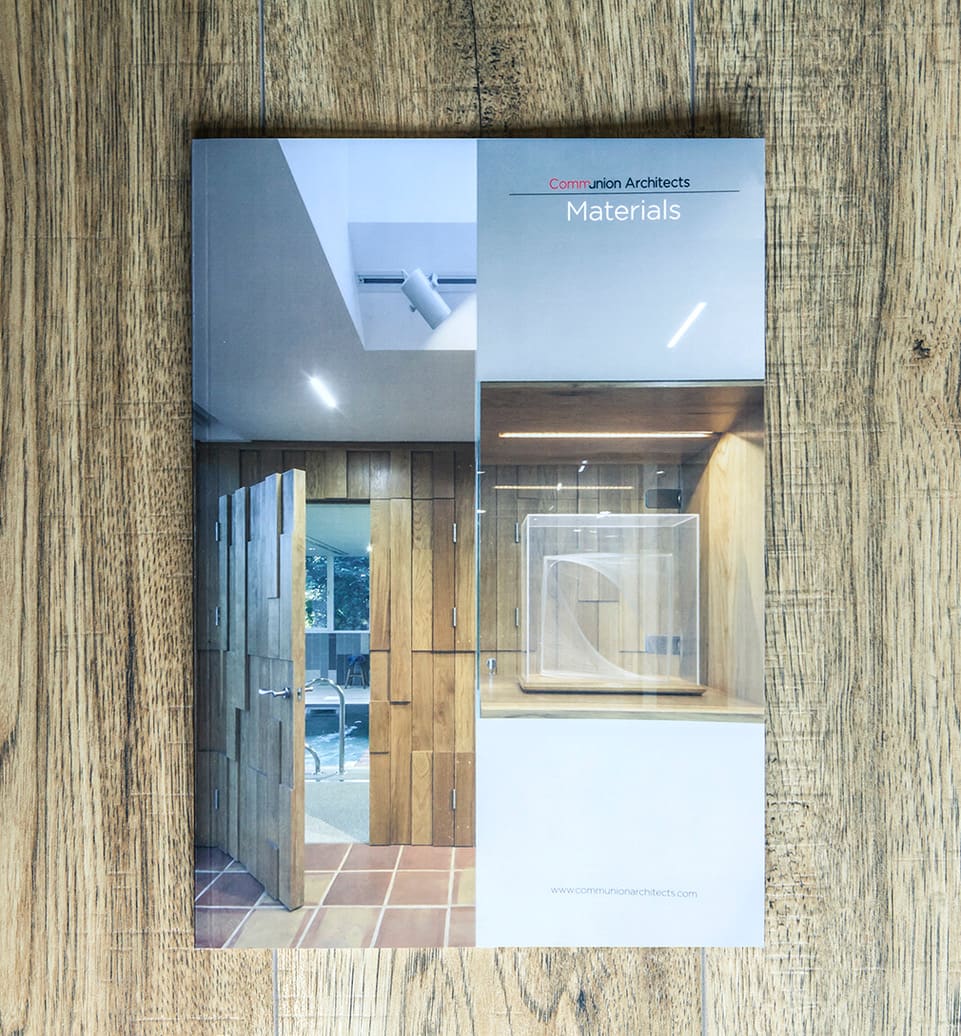One of the things people find surprising about a building project is how many decisions there are to be made and how emotional they can be.
The decisions involved in the two dimensional floor plans that are generally the start of an architectural project are essentially rational – this space needs to be this big and connect to this space, for example. The elevations of a space are often informed by the two dimensional plans.
However, it is the way these plans are realised in real life that involve some very emotional decisions. The materials you choose reflect what you like and feel and have a vital part to play in bringing your vision to life.
It is very easy to become overwhelmed by the choice on offer. There are big decisions such as the material the walls and roof will be built from. There are also decisions such as the type of light fittings or window handles to be used that might seem small but will be part of your everyday existence so quickly assume much more importance.
When choosing your materials, it is helpful to recognise that, while all buildings are made of multiple materials, the most successful tend to have a very limited palette.
For example, churches are generally stone-built with slate rooves, feature stained glass in lead cames and make judicious use of oak.
Georgian houses feature beautiful rubbed brickwork, the experience of which is further enhanced by the use of slender lime mortar beds, while large timber sash windows hold shimmering plate glass.
Contemporary houses tend to highlight how far our use of materials has come since our cave dwelling days. Concrete, glass and steel combine to create the thinnest of veils between the inside and outside, allowing us to live in the light while protected from the elements.

To help our clients navigate design choices we have a Materials Guide, which we give them as we move to Stage Two of our process.
The first half of the guide introduces some of the materials we have found to be useful in creating successful spaces. In the second half we show how these materials have been combined into distinctive palettes on some of the projects we have worked on.
If you would like to see the Materials guide, please let us know and we will send you a copy.



